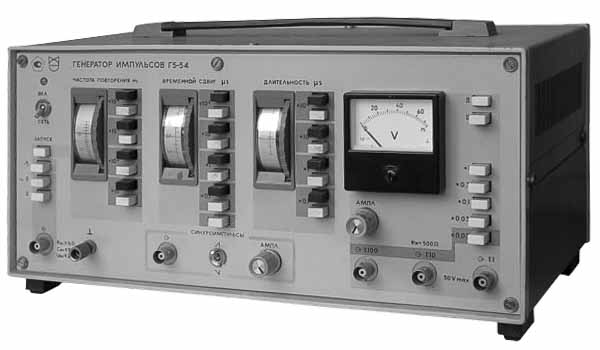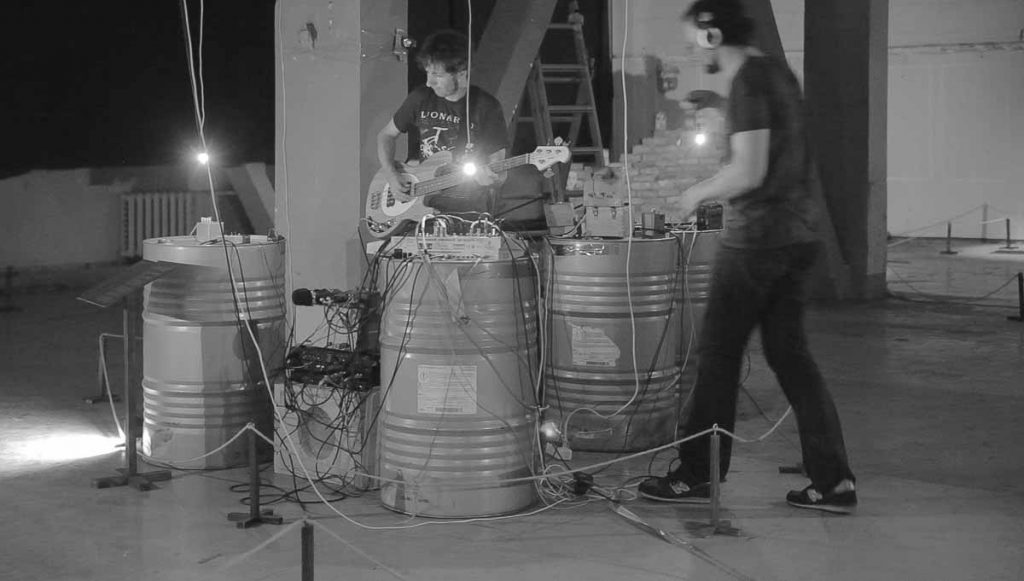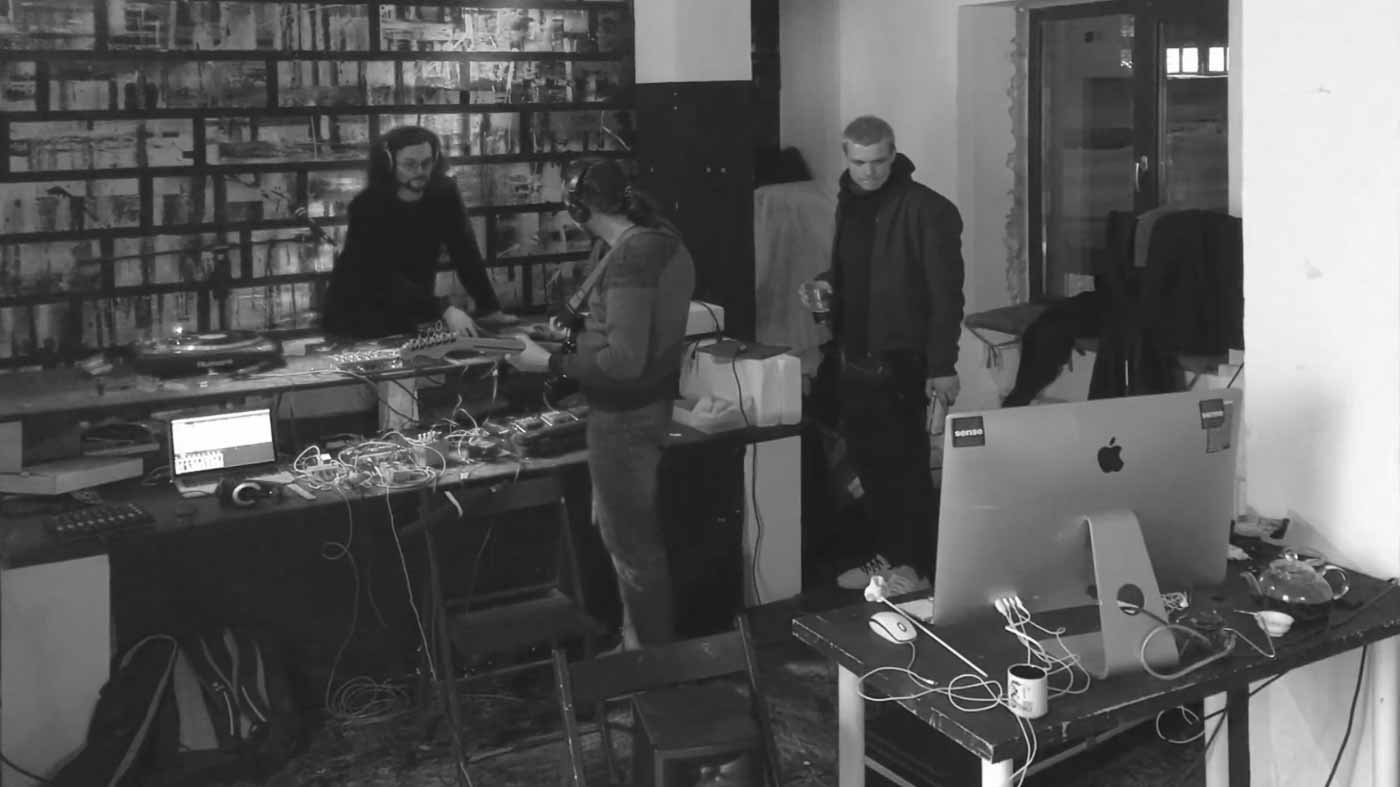Initially, Г5—54 was a community focused on analog electromechanic audio generation, named after the Soviet pulse generator*, which was triggered by audio signals and transformed percussive sounds at almost all of the first releases.
Starting from 2022, Г5—54 becomes a one-person project with occasional collaborations. Now the project explores field recordings and software-only sound synthesis and manipulation.
*Г5—54 (G5-54, G554), the laboratory pulse generator, produces voltage pulses of switchable polarity with duration range from 0.1 to 1000 μs and is designed primarily for video equipment adjustments.
Header video on the main page and some visuals were provided by Alexander Yegorov in 2015.



